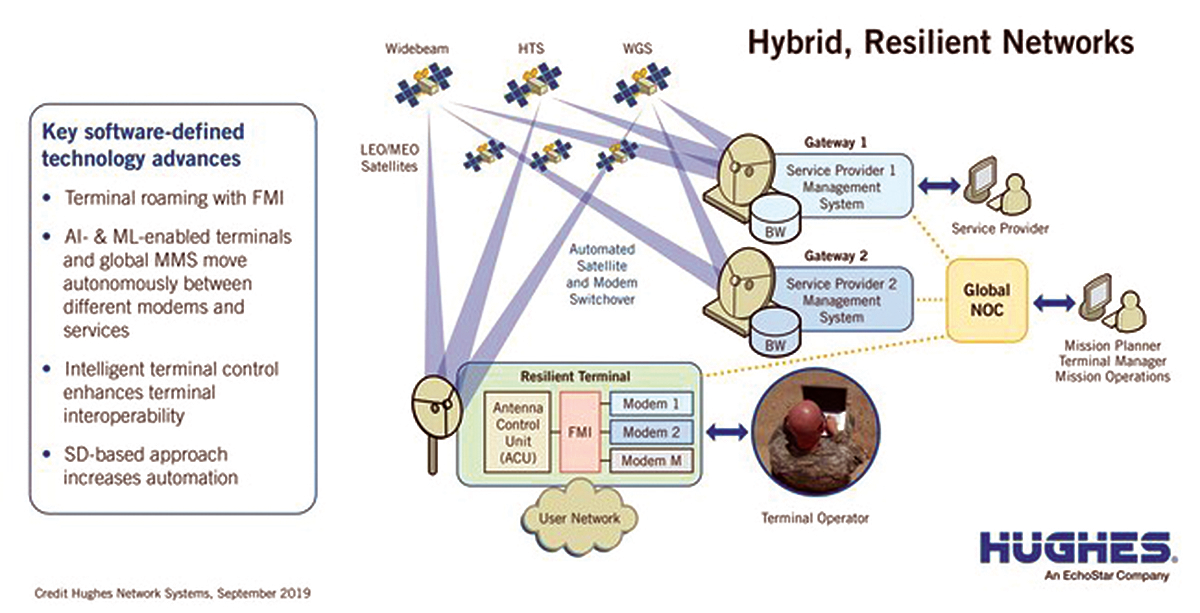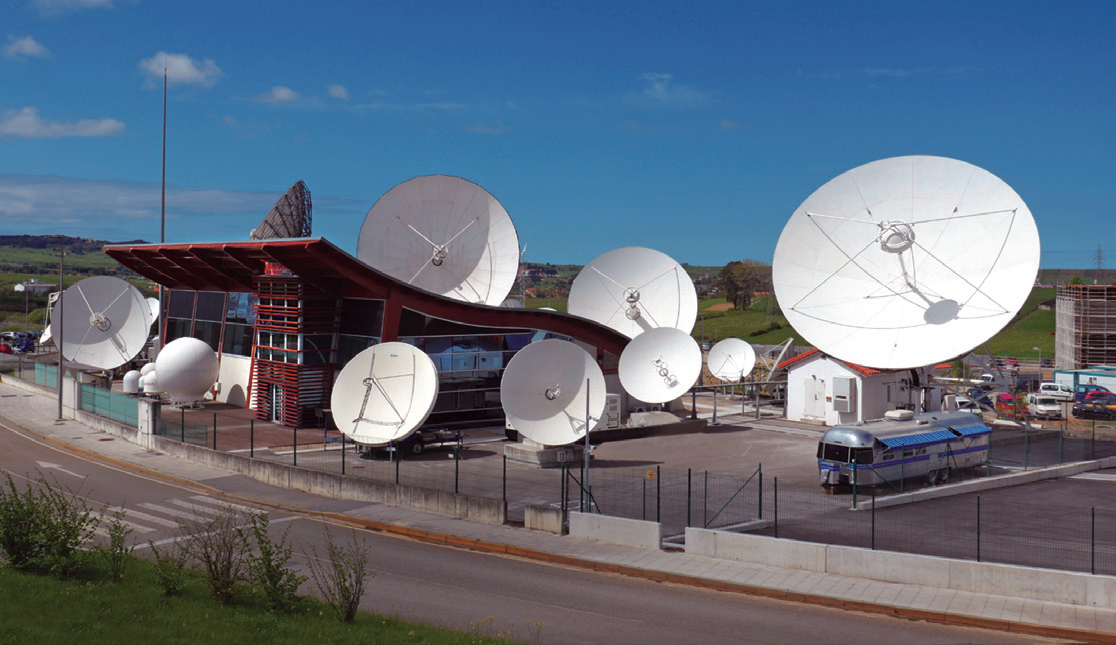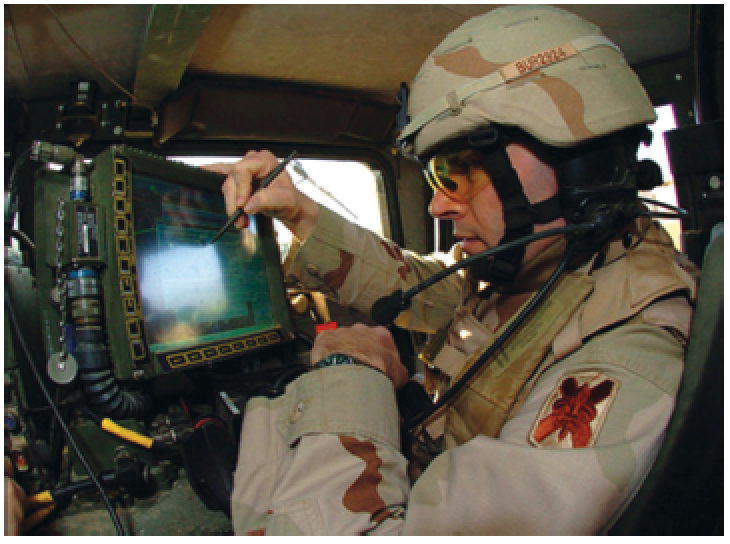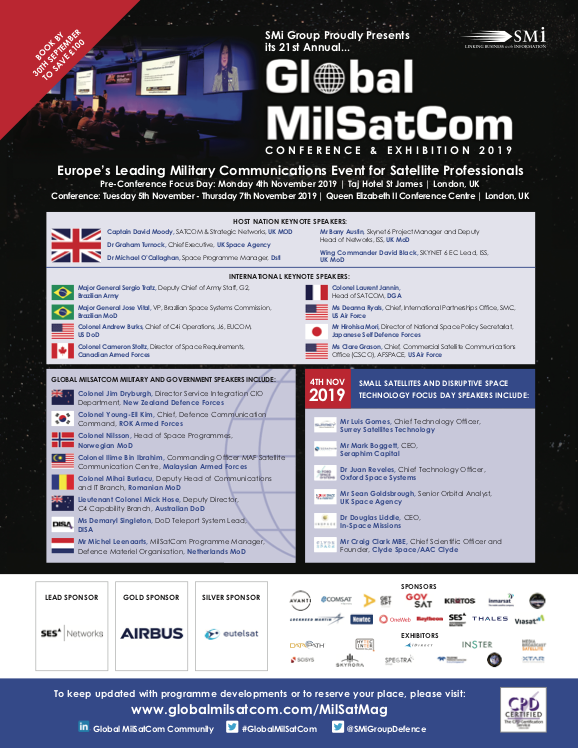Kleos Space awarded USAF contract for the Space Accelerator program
Kleos Space S.A. (ASX: KSS, Frankfurt: KS1) has been awarded a contract to participate in the United States Air Force Space (USAF) Vehicle Directorates Catalyst (AFRL/RV) Space Accelerator program (CSA).

With the contract comes an invitation to the newly appointed VP of Business Development for the program, Danny McGrane, who will represent Kleos Space in the 12-weeks, semi-residential program located in Colorado Springs. The CSA is sponsored by Air Force Research Lab’s Space Vehicles Directorate.
The CSA is designed to increase the USAF’s awareness and rapid acquisition of commercial dual-use space technology by providing relevant business development training to CSA companies and connecting them with users, decision makers, and potential new customers in the U.S. Department of Defense and commercial realms.
The program is unique in connecting participants with customers and providing ‘sherpas’ to steer military and commercial engagement. The program has delivered roughly 9 million euros in follow-on funding and more than 100 military contracts to its past participants over three cohorts, so far. The CSA will support the company through the Kleos Scouting Mission.
Kleos’ CEO Andy Bowyer said that they are entering an exciting era in space where technologies, long considered to be things of science fiction, are becoming reality.
“Since the first space-based reconnaissance imagery was captured on photographic film by the Discoverer 13 nearly sixty years ago,” Bowyer said, “U.S. space-based intelligence, surveillance, and reconnaissance (ISR) technologies have greatly evolved and transformed the nature of warfare, providing an unprecedented level of “foreknowledge” to U.S. Service Personnel and to U.S. national security. To deliver the needed capabilities requires the development and integration of advanced sensors, complex algorithms, data processing, and novel ideas that result in disruptive technology.”
Danny McGrane has been appointed by Kleos Space to deliver the CSA program and the resulting opportunities. He is a highly experienced former Royal Navy officer, NATO Deputy Chief in the U.S. and Program Manager for Joint Forces Command in the UK.
The multi-satellite Scouting Mission system will form the foundation of a constellation that delivers a global picture of hidden maritime activity, enhancing the intelligence capability of government and commercial entities when AIS (Automatic Identification System) is defeated, imagery is unclear, or targets are out of patrol range.
The first scouting mission is made up of 4x smallsats built by GomSpace in Denmark, each the size of a shoebox.
Bases and units have access to: Army Base – Fort Carson, Air Force Bases – Buckley, Peterson, Schriever, Air Force Academy, Cheyenne Mountain; Military Units; National Space Defense Center, Headquartes Air Force Space Command, Headquarters NORAD and U.S. Northcom, U.S. Space Command, Space & Missile Defense Command/Army Strategic Command, Missile Defense Agency.
Hughes realizes USAF contract for enterprise management and control prototypes for SATCOM
Hughes Network Systems, LLC (HUGHES) has been awarded a $2.2 million contract that is funded by the U.S. Air Force Space and Missile Systems Center (SMC), through the Space Enterprise Consortium (SpEC), to produce an Enterprise Management and Control (EM&C) prototype for satellite communications (SATCOM).

The prototype will include the Hughes Flexible Modem Interface (FMI) which will enhance interoperability across military and commercial SATCOM networks to form a unified hybrid network architecture.
Under the agreement, Hughes will demonstrate a solution that enables automated mission planning for SATCOM terminals to roam between networks through automated control processes.
In this way, when an active transmission becomes degraded or disrupted, the terminals can “self-heal” to maintain connectivity using alternate networks, enabling higher resiliency.
Leveraging the company’s Artificial Intelligence (AI)-based FMI and Mission Management System (MMS) prototypes, Hughes intends to develop and demonstrate the capability for terminals designed for Unmanned Aerial Vehicles (UAVs) to intelligently roam among diverse satellite networks and services.
The demonstration will also use the Hughes HM System which enables UAVs, helicopters and other aircraft to transmit real-time feeds of HD video and other Intelligence, Surveillance and Reconnaissance (ISR) data over satellite.
Dr. Rajeev Gopal, VP of Advanced Defense Systems for Hughes, said this is the second follow-on contract that Hughes has been awarded by the USAF, a testament to the company’s commitment and ability to support the U.S. Air Force Space Enterprise Vision of a more resilient national security space infrastructure using advanced software technologies.
Using the company’s AI-based terminal management and control technologies, Hughes will show fixed and mobile terminals intelligently roaming among available commercial and military satellite systems for exponential improvements in network resiliency, capacity and cost models.
Rick Lober, VP and GM for Hughes Defense and Intelligence Systems Division, noted that this contract is another step forward as DoD continues making rapid progress in building high resilience and interoperability across their communications networks. Warfighters can no longer rely on single-threaded systems in contested environments, which is why it is critical the Space Enterprise Vision becomes reality as quickly as possible.
www.hughes.com/defense
Hughes realizes USAF contract for EM&C prototype for SATCOM
Hughes Network Systems, LLC (HUGHES) has been awarded a $2.2 million contract that is funded by the U.S. Air Force Space and Missile Systems Center (SMC), through the Space Enterprise Consortium (SpEC), to produce an Enterprise Management and Control (EM&C) prototype for satellite communications (SATCOM).

The prototype will include the Hughes Flexible Modem Interface (FMI) which will enhance interoperability across military and commercial SATCOM networks to form a unified hybrid network architecture.
Under the agreement, Hughes will demonstrate a solution that enables automated mission planning for SATCOM terminals to roam between networks through automated control processes.
In this way, when an active transmission becomes degraded or disrupted, the terminals can “self-heal” to maintain connectivity using alternate networks, enabling higher resiliency.
Leveraging the company’s Artificial Intelligence (AI)-based FMI and Mission Management System (MMS) prototypes, Hughes intends to develop and demonstrate the capability for terminals designed for Unmanned Aerial Vehicles (UAVs) to intelligently roam among diverse satellite networks and services.

The demonstration will also use the Hughes HM System which enables UAVs, helicopters and other aircraft to transmit real-time feeds of HD video and other Intelligence, Surveillance and Reconnaissance (ISR) data over satellite.
Dr. Rajeev Gopal, VP of Advanced Defense Systems for Hughes, said this is the second follow-on contract that Hughes has been awarded by the USAF, a testament to the company’s commitment and ability to support the U.S. Air Force Space Enterprise Vision of a more resilient national security space infrastructure using advanced software technologies.
He continued by stating that using the company’s AI-based terminal management and control technologies, Hughes will show fixed and mobile terminals intelligently roaming among available commercial and military satellite systems for exponential improvements in network resiliency, capacity and cost models.
Rick Lober, VP and GM for Hughes Defense and Intelligence Systems Division, noted that this contract is another step forward as DoD continues making rapid progress in building high resilience and interoperability across their communications networks.
Warfighters can no longer rely on single-threaded systems in contested environments, which is why it is critical the Space Enterprise Vision becomes reality as quickly as possible.
www.hughes.com/defense
Santander Teleport to provide comms services to Spanish Armed Forces
Santander Teleport has joined forces with Hisdesat Servicios Estrategicos and Telefonica de España to provide advanced welfare and recreational services to Spanish forces deployed on ground and at sea in several areas of operations.

A completely new network is being deployed to provide secured broadband internet access, telephone calls, e-learning, live TV as well as on demand content (TV series, movies, documentaries, books, news…).
Users will be able to access these services through their own mobile devices (BYOD). The overall service will consolidate all communications under a common network architecture, improving bandwidth efficiencies and tightening the security of all communications.
Santander Teleport will be responsible for all the X -and satellite communications network, using the satellites of the Spanish governmental satellite operator (Hisdesat).
All designated bandwidth will be enhanced through traffic management, quality of service, acceleration, compression and optimization services.
Luis Garcia, CEO of Santander Teleport, said the company is delighted to contribute to the improvement of the morale and welfare of the brave soldiers who spend long periods of time away from their family and friends.
www.santanderteleport.com
Comtech Mobile Data Corporation awarded U.S. Army Blue Force terminal funding
Comtech Telecommunications Corp. (NASDAQ: CMTL, during the company’s fourth quarter of fiscal 2019, have reported that the firm’s Command & Control Technologies group, through its Maryland-based subsidiary, Comtech Mobile Datacom Corporation, which is part of Comtech’s Government Solutions segment, was awarded $4.2 million in rapid innovation funding from the U.S. Army for an enhanced version of Comte.

The contact is for the next generation MT-2025 Blue Force Tracking (“BFT”) satellite terminal that will incorporate a dual-mode BFT satellite transceiver and new antenna nulling technology.
Comtech’s next generation MT-2025 transceiver, which is also known as the Blue Force Tracker-2 High Capacity (“BFT-2-HC”) Satellite Transceiver, meets BFT-2 protocols, provides best-in-class reliability and is fully backward compatible with the U.S. Army’s Blue-Force Tracking-1 system (“BFT-1”).
Comtech currently provides sustaining support for the U.S Army’s BFT-1 system and previously shipped over 100,000 BFT-1 mobile satellite transceivers.
The Command & Control Technologies group is a leading provider of mission-critical, highly-mobile C4ISR solutions.
Fred Kornberg, President and CEO of Comtech Telecommunications Corp, stated that these awards demonstrate the U.S. Army’s high confidence in Comtech’s BFT technology and innovation capabilities that can be used on future BFT systems.
He added that Comtech remains committed to providing the U.S. Army and its soldiers with the most innovative technology, enabling them to successfully complete all their missions, regardless of electronic warfare environments.
www.comtechmobile.com
www.comtechtel.com
Buck Consulting Group opens doors for clients involved in space, cyber and nuclear domains
Former Commander, Joint Functional Component Command for Space, Commander, U.S. Air Force 14th Air Force, and AFSPC Vice Commander, Lieutenant General (Ret) David Buck, has founded Buck Consulting Group (BCG).

The BCG matches capabilities with government requirements, applies unique knowledge of operational needs and leverages existing relationships to provide winning solutions and shape clients’ strategic direction in the Space, Cyber and Nuclear domains.
According to the company, in other words, the objective is to understand the landscape... what’s real, who are the competitors, who are the decision makers, and develop the correct engagement strategy.
The BCG diligently tracks government BAAs, RFIs, RPPs and RFPs to match them with clients’ core competencies, and suggests synergistic teaming arrangements, as desired.
Customer engagement (at the correct level and time) is critical in order to understand requirements.
The BCG helps clients tell their story through white paper development, compelling/complete/compliant proposals, tying capabilities to government requirements and enhancing customer to client communication.
Dave Buck pulled together some of the best retired officers and industry professionals to help companies succeed in their domains.
The Buck Consulting Group brings a deep bench of subject matter experts across the Acquisition, Operations, Research & Development, and Test and Evaluation communities.
They developed government RFPs, executed various contract types, led source selections, and worked within nearly every government agency, directorate and location.
www.buckcg.com




